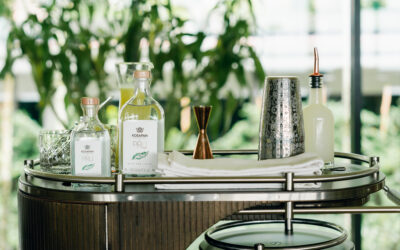At YERA, South Tyrolean Roland Lamprecht will celebrate his forest cuisine in an extraordinary way. With their idea for a restaurant in the mountains, Teresa and Stefan Hinteregger are once again setting high standards.
South Tyrol, Italy – The FORESTIS hideaway is nestled in dense mountain forests, far away from the diverse sensory impressions of the valley. At an altitude of 1,800 meters, a landscape opens that is shaped by the rich natural surroundings. Clear water, pure air, many hours of sunshine, and a pleasant climate dominate this place, which follows the rhythm of nature with natural serenity. The decision of owners Teresa and Stefan Hinteregger to think only of themselves and not of their guests when planning the FORESTIS has proven to be the right one, because it is authenticity that inspires guests from all over the world and keeps them coming back.
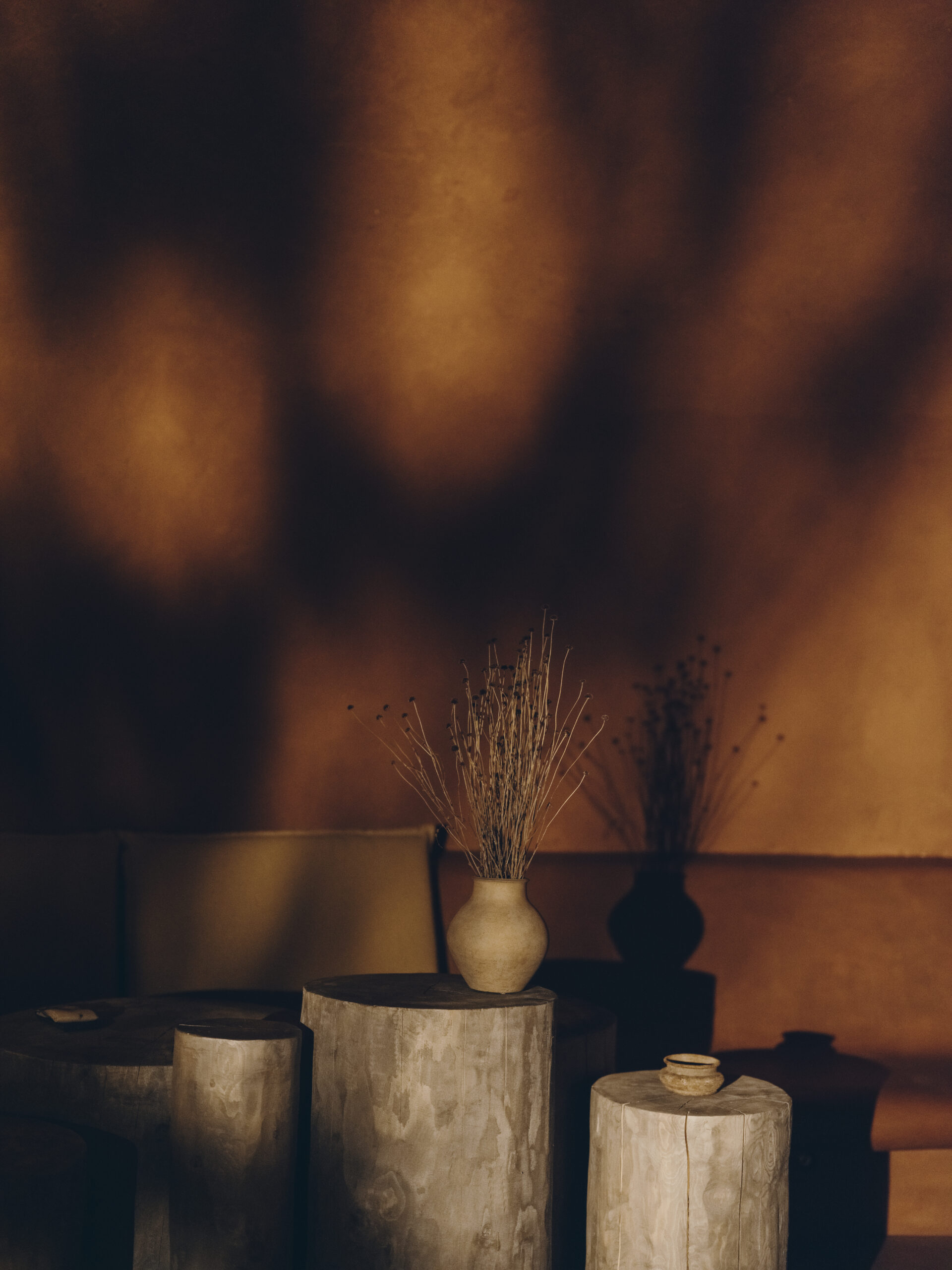
Here, history and the present are harmoniously combined, which is reflected in the architecture and design. Next to the listed Alpine Art Nouveau building from 1912, three towers rise, emulating the shape of tree trunks and not rising higher than the treetops of the forest. The interior design is characterized by light natural colors, local fabrics, and woods. Nothing distracts from the spectacle of nature, the majestic Geisler peaks, and the UNESCO World Heritage Site of the Dolomites, which can be seen from each of the 62 suites, the amphitheater-style restaurant, the spa area, and the terraces.

Celts Shaped the Place
The Celts settled here over 3,000 years ago. They practiced alpine farming and trade, but above all, nature was their guide and teacher. Teresa Hinteregger and her team researched these teachings and brought them to life at FORESTIS. Nature, the forest, and the teachings of the Celts are reflected in the spa concept and the FORESTIS tree circle.
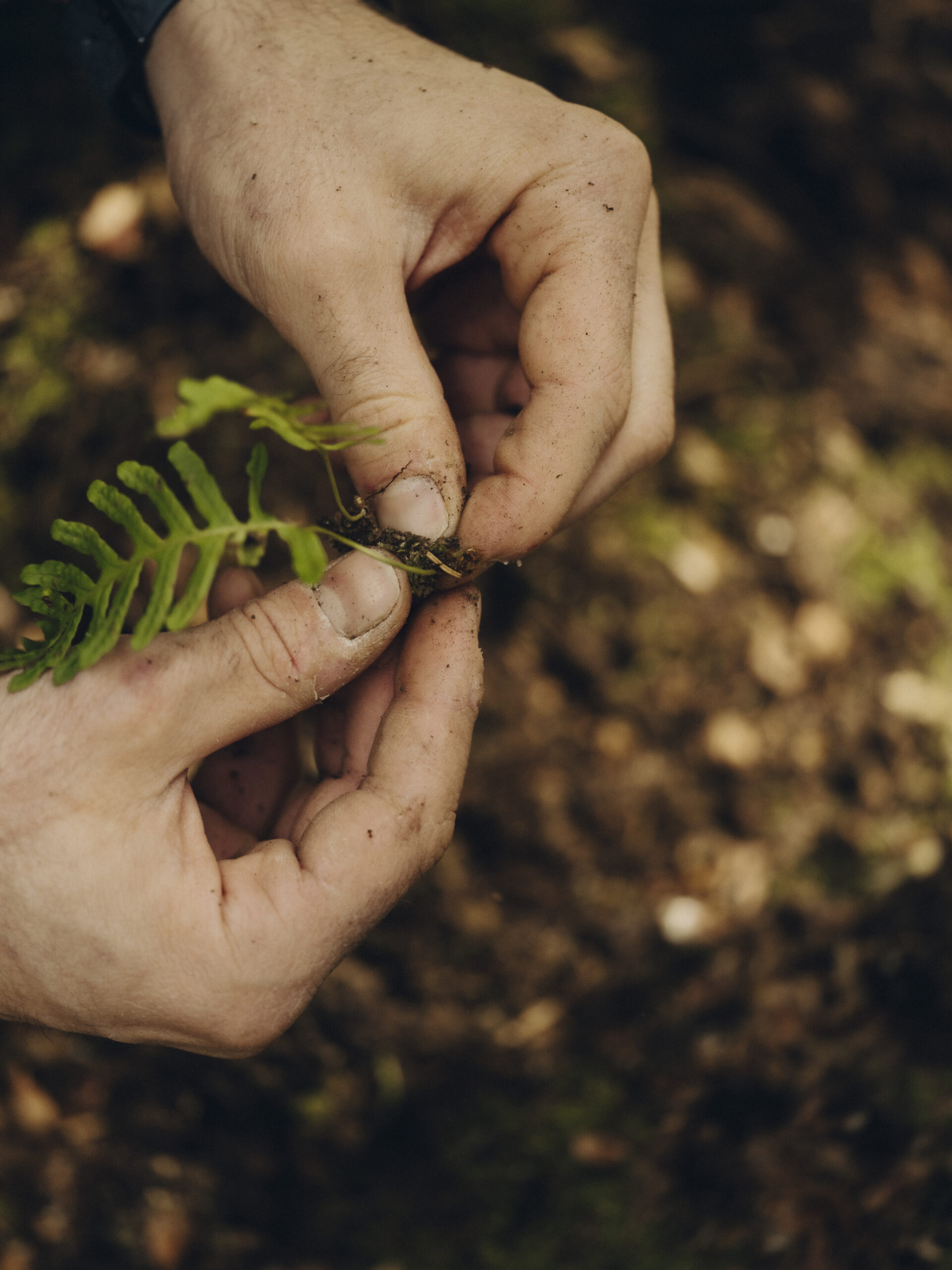
Executive chef Roland Lamprecht celebrates natural cuisine, which he likes to refer to as his “forest cuisine,” because many of the ingredients come from the forest surrounding FORESTIS and are processed, dried, and preserved in summer and after the harvest so that the local ingredients and flavors can also be enjoyed in winter.
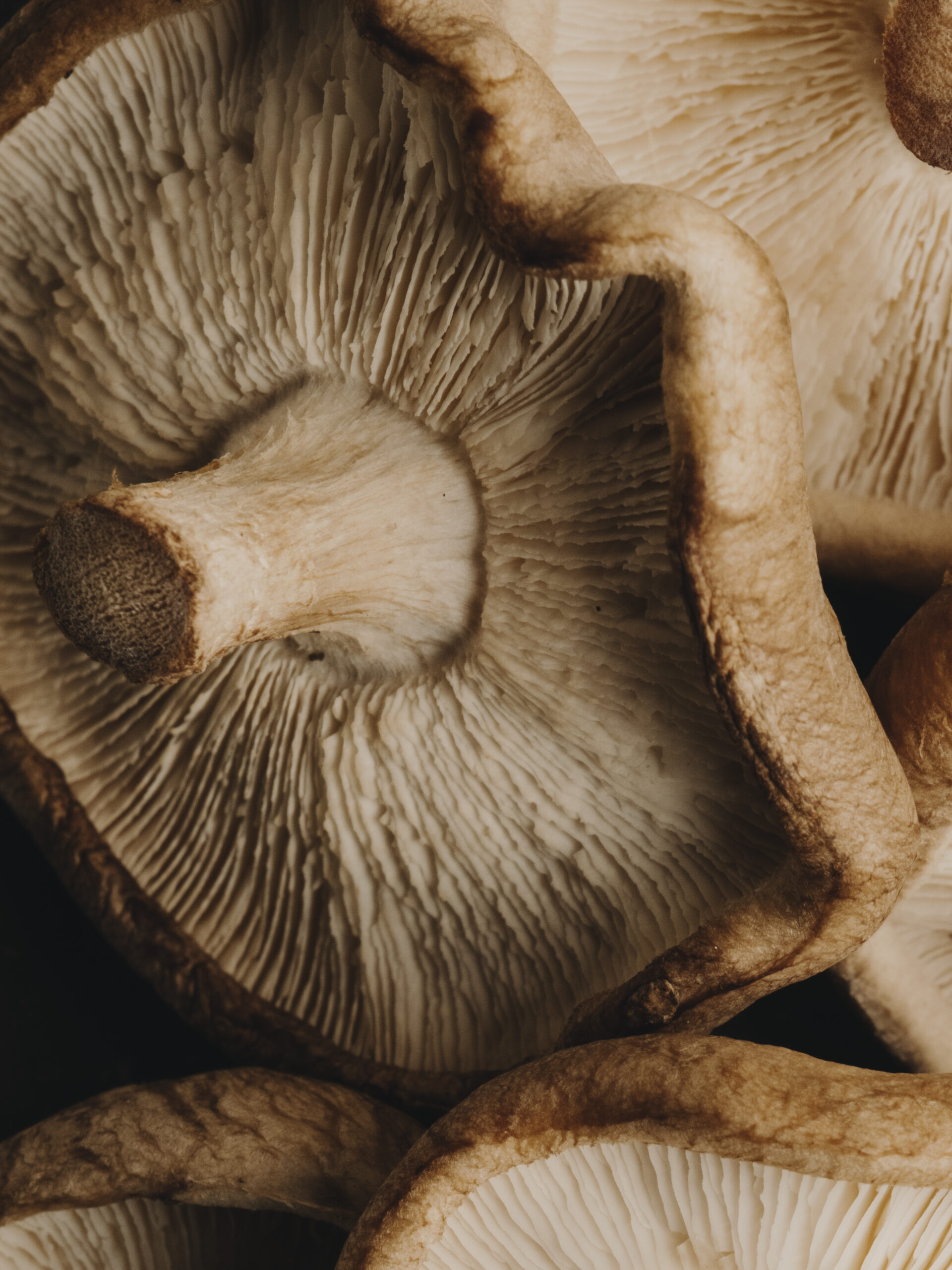
“We use the time from spring to fall to fill our pantries, basically like I did at home when I was a little boy. We collect berries, nuts, mushrooms, herbs, and needles from spruce, pine, larch, and mountain pine trees—everything that nature and the forest have to offer—and then we process everything using various techniques so that we can enjoy the harvest even in the dark months of the year.”
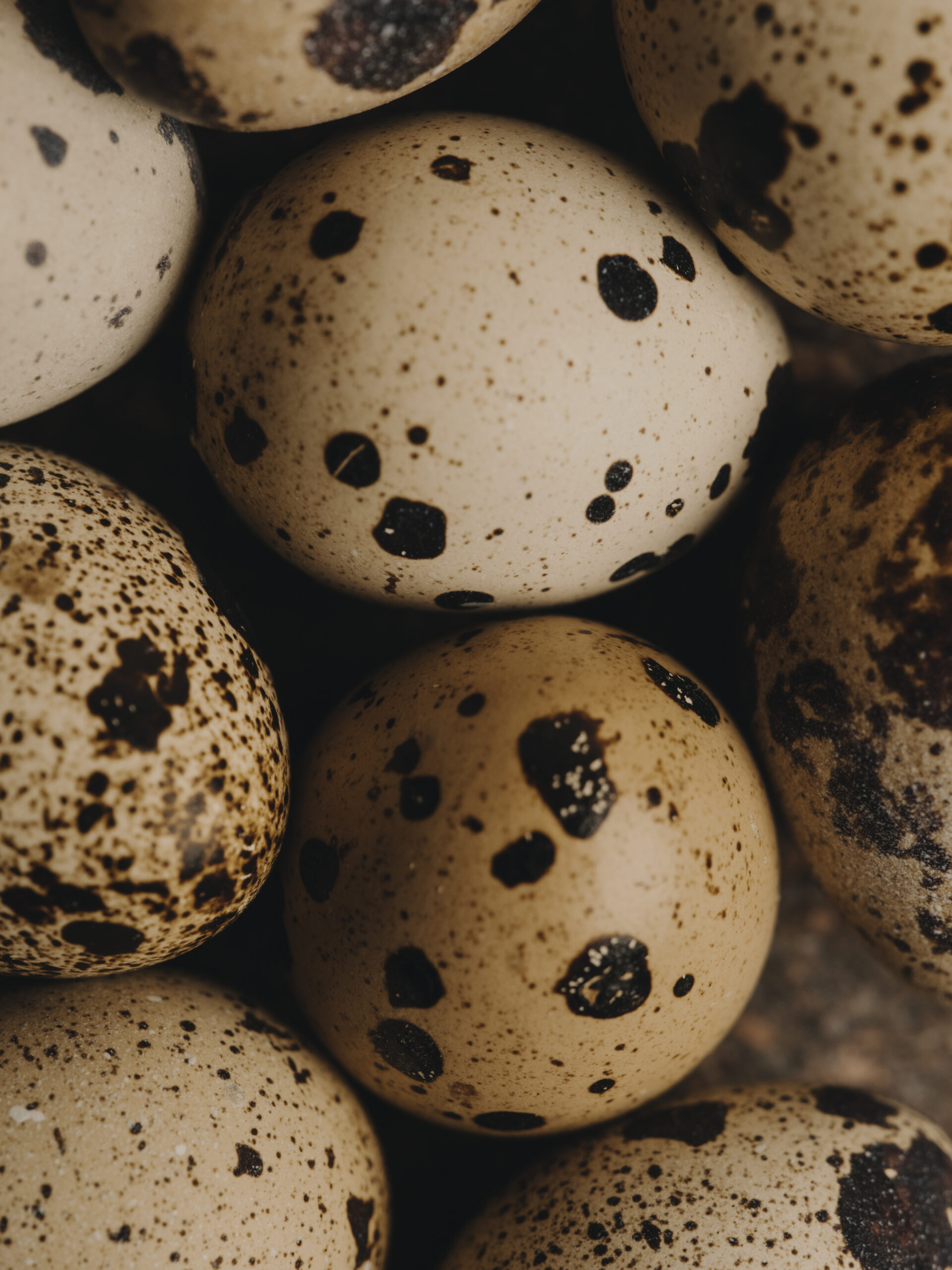
YERA – A Restaurant That Delves Deep into the Silence of Nature
June this year marks the beginning of a new chapter in Roland Lamprecht’s life as a chef. “We are taking forest cuisine to the next level.” To enjoy the flavors and ingredients of the forest to the fullest, Teresa and Stefan Hinteregger have created a new restaurant. It is in the forest, built into the mountain, a cave that cannot be seen from the outside—a tribute to traditional craftsmanship and earlier methods of building caves that offered protection and security.
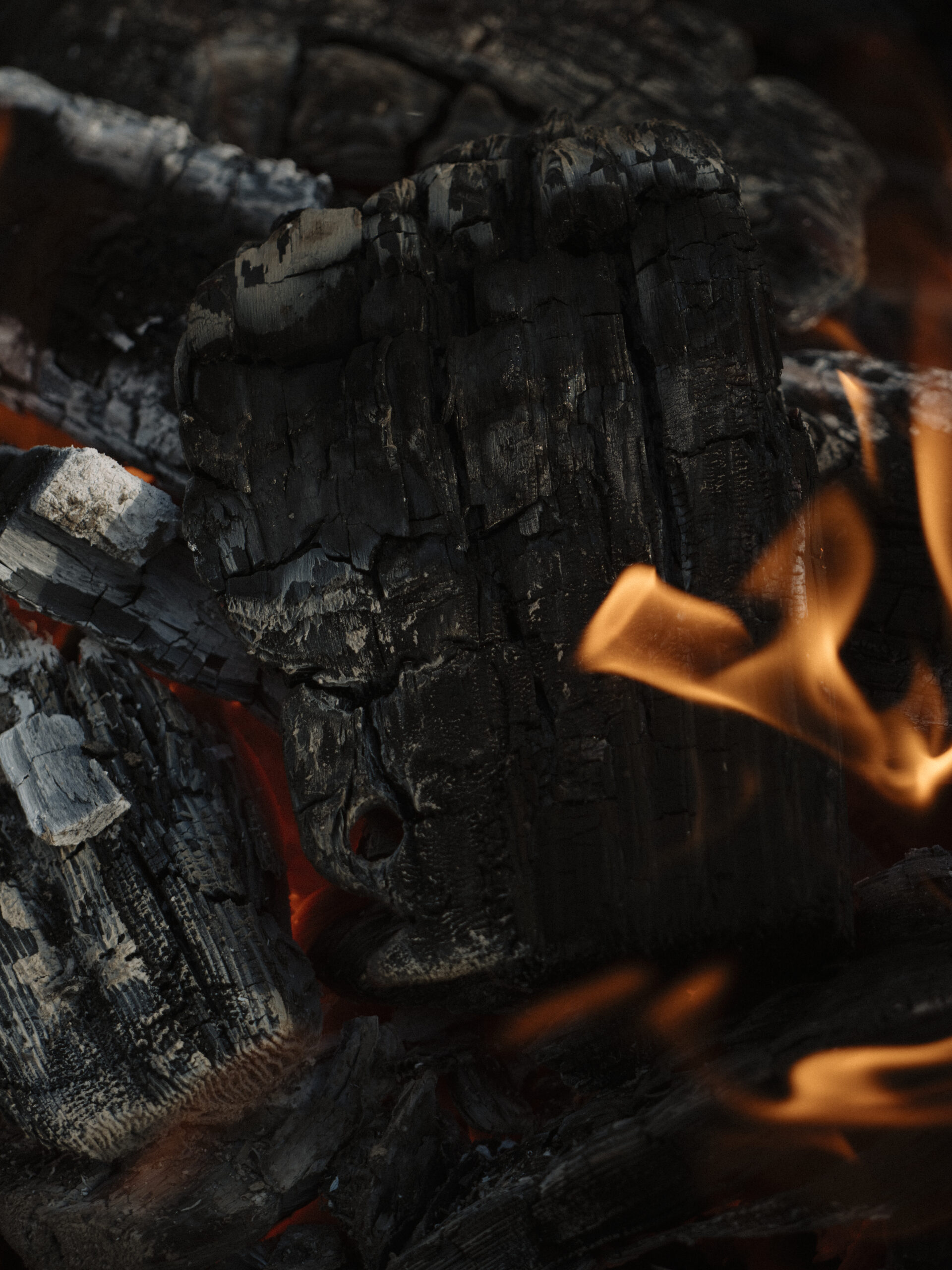
Its name, YERA, is symbolic of forest cuisine and meant “harvest” in the language of the Rhaetian Celts who settled in South Tyrol. Thousands of years ago, YERA was the most important period of the year. After months of hard work, nature’s bounty could be harvested.
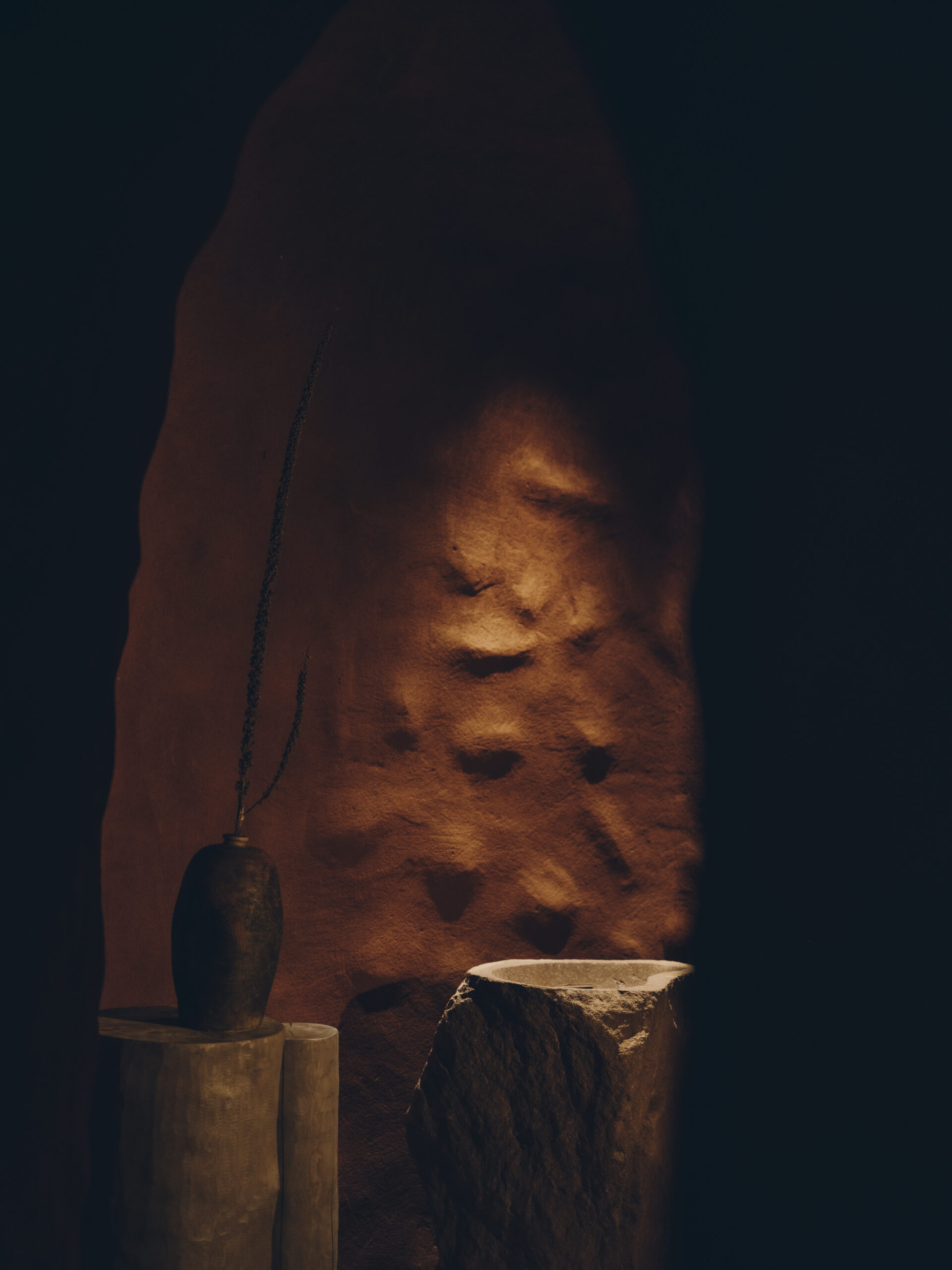
Behind the listed FORESTIS house, a small path leads up the mountain to YERA. The heavy door opens slowly, revealing a place that promises a sensory experience. The architectural design is inspired by the surrounding nature. The characteristic red earth of the Peiterkofel, a mountain with two peaks opposite, is particularly striking. This special earth not only forms the floor, but also the walls of the cave, making the architectural experience even more authentic. The roof’s substructure is made of wood and its shape is reminiscent of an upturned ship’s hull. At the center is an ancient principle: people gather in a circle around the fire, focusing their attention entirely on themselves, their companions, and the enjoyment.
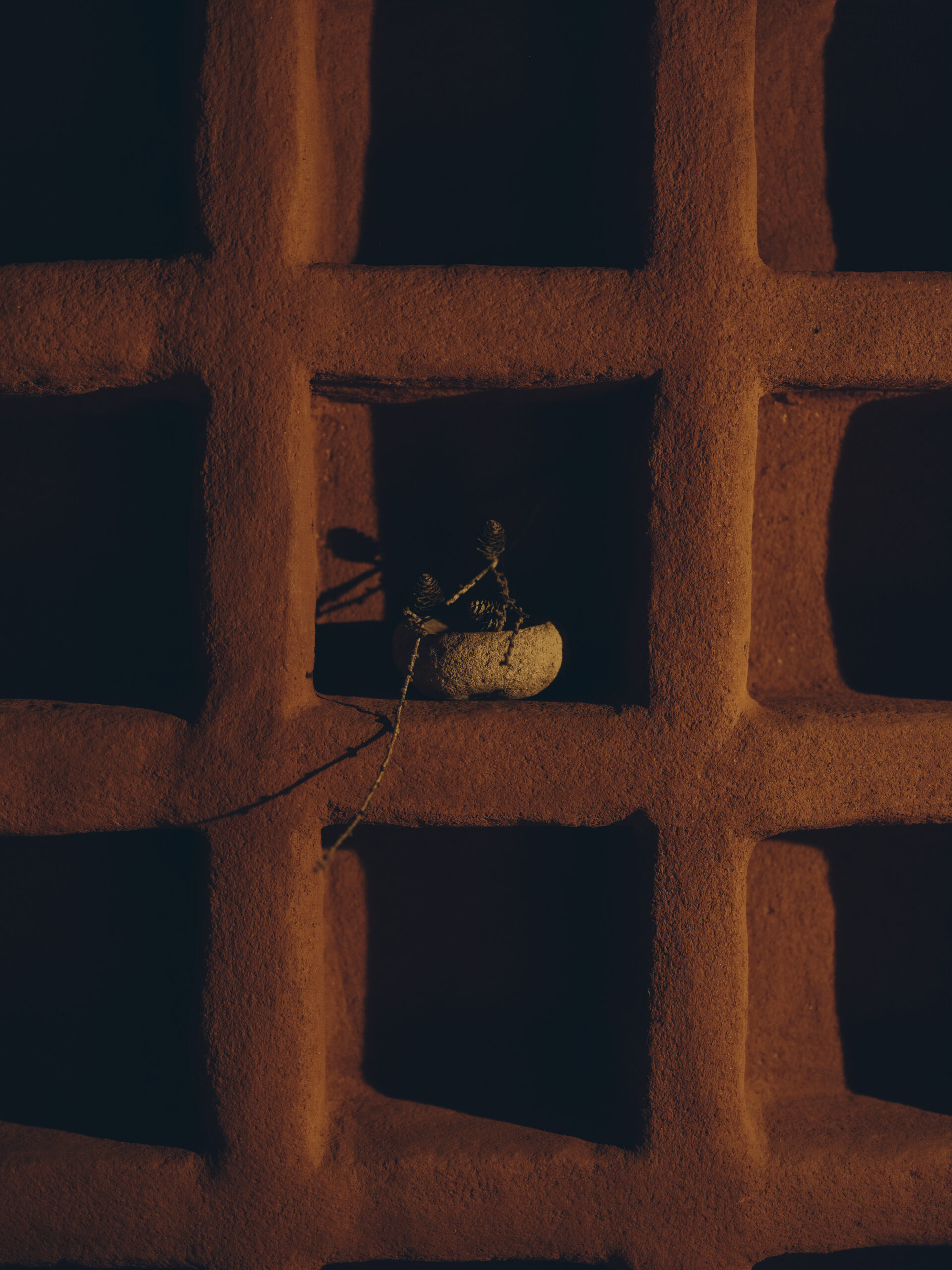
There are no distractions here. The focus is on the moment, on the food, on the taste, on the silence, on being together. It is a sensory experience, the ceremony in the forest, the architecture and the cuisine, which takes people back to their roots.
Seasonal Dishes That Do Not Conform to the Classic Menu Sequence
According to the knowledge and traditions of our ancestors, YERA means harvest, the return of the seasons, the end and beginning of the annual cycle are considered harvest and sowing, the snow melts and the water and sun allow the first plants to grow again.
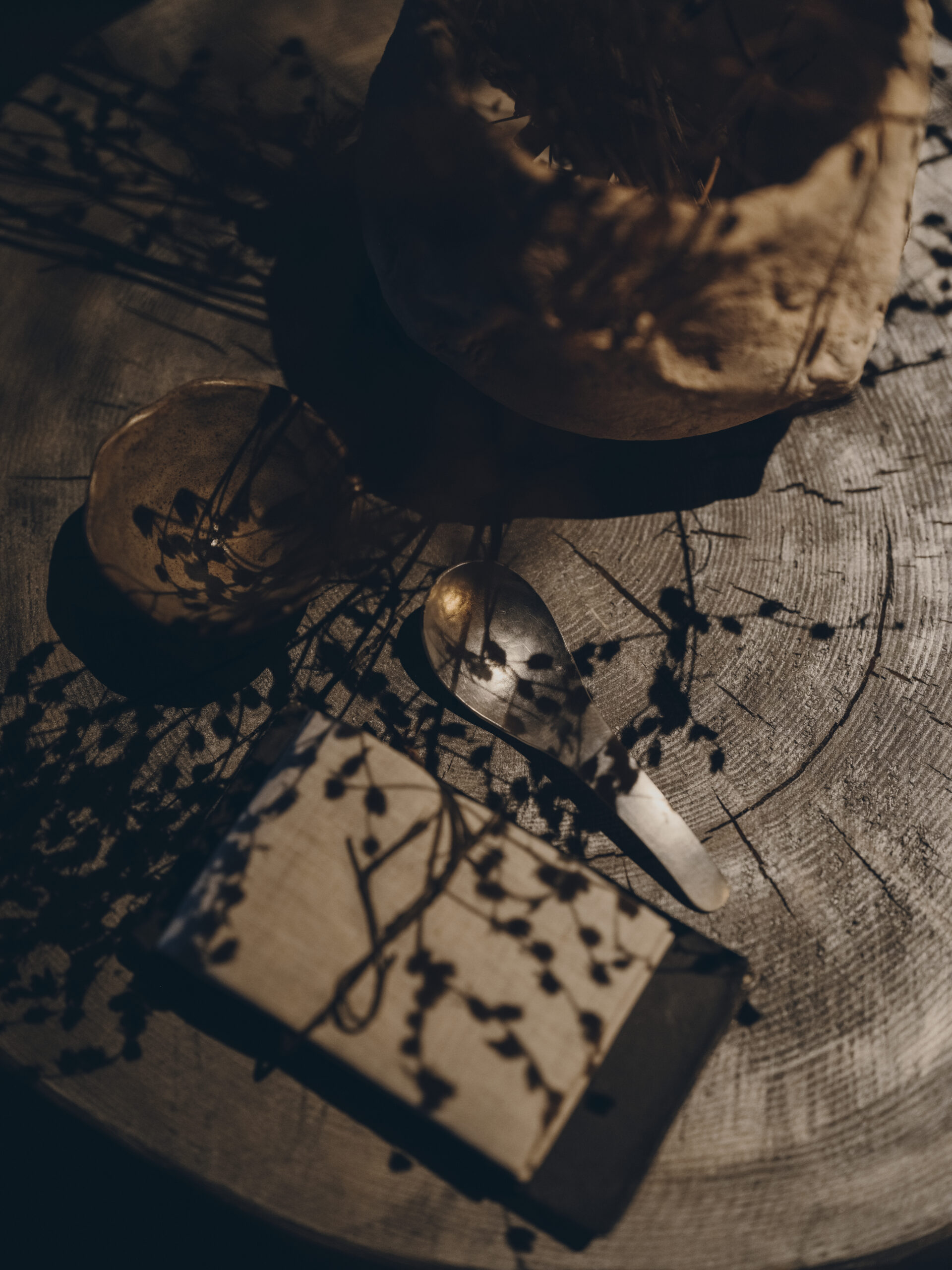
At YERA, there is a central fire pit around which people from different cultures gather to enjoy the harvest of the year together. Roland Lamprecht and his team cook at the central fireplace and at four altars arranged around it, serving seasonal dishes throughout the evening that are not based on a classic menu.
“We harvest what surrounds us and create a variety of new combinations. The mixture of different local forest herbs and natural products from the surrounding regions provides a new form of flavor,” explains Roland Lamprecht.
The dishes consist of many special compositions, and the drinks are part of the meal and are served with low alcohol content. Alcohol is only present in naturally fermented form, and the drinks never have an alcohol content higher than 5%. Each drink is homemade and pairs well with the dish.
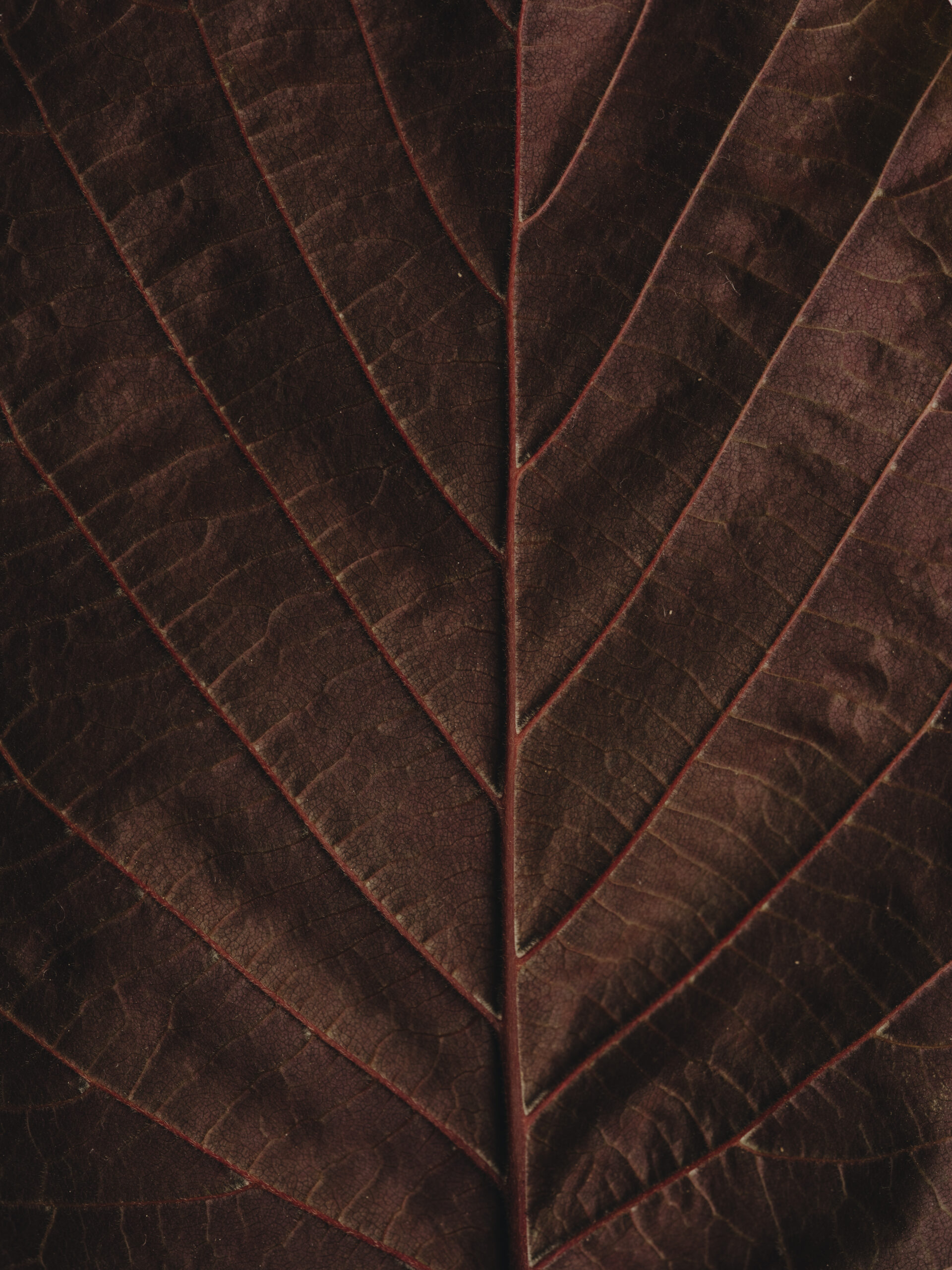
Preserving Origins and Traditions
For Roland Lamprecht, it is important that his style of cooking preserves traditions and culture and that the craft of cooking in all its facets is preserved for future generations.
“We do nothing different from our ancestors. We use traditional techniques such as fermenting, salting, drying, smoking, and working with low temperatures and infusions. We use old techniques in a modern way. We source our ingredients from the regions of the main Alpine ridge.”
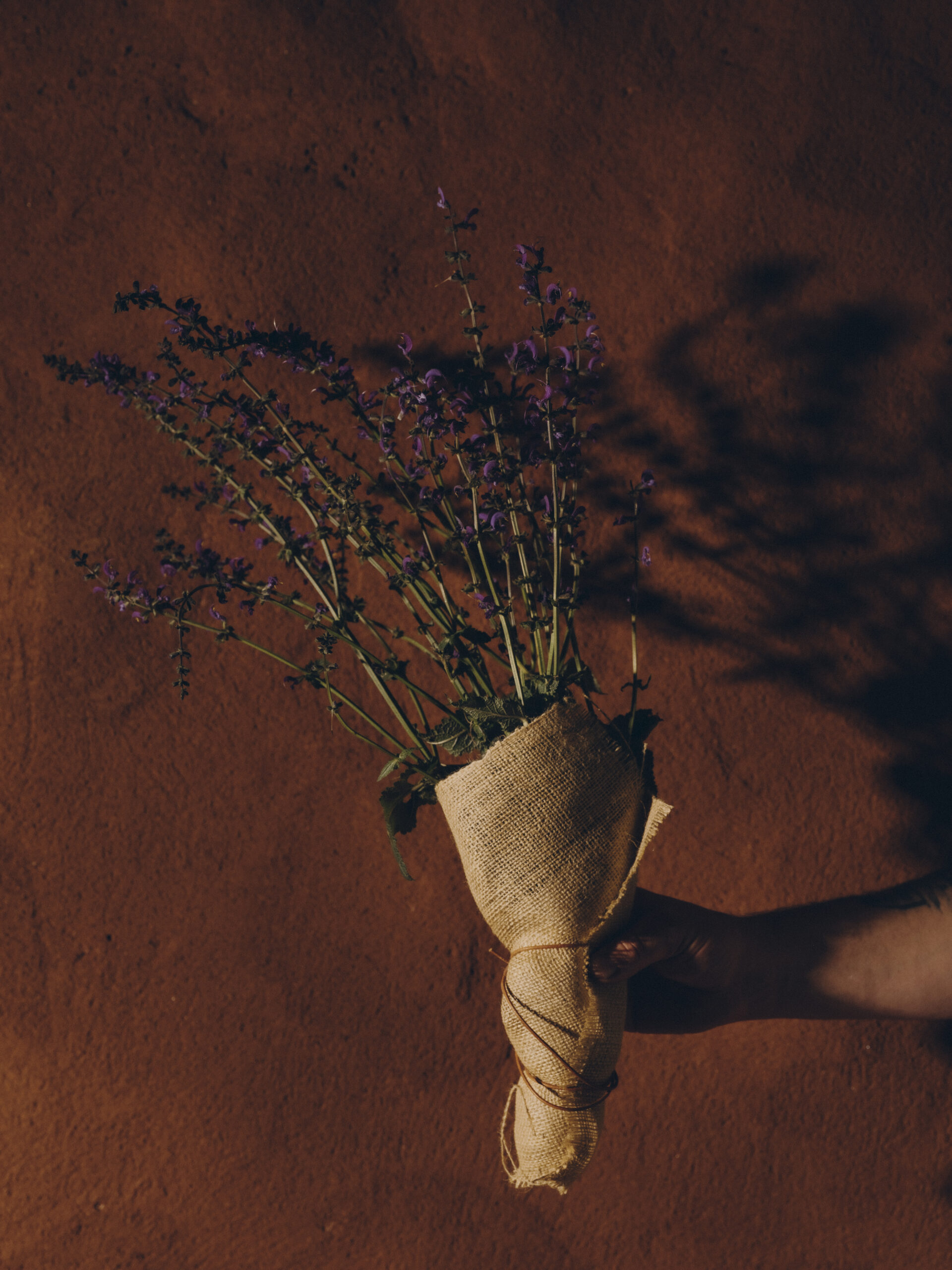
Ingredients from the local forest include various tree species, birch water, spruce shoots, various wild berries, nettles, wild licorice, tree beard, mushrooms, coltsfoot, ground elder, and various types of cress as blood-purifying ingredients. There is no standard cutlery; small wooden sticks are provided for spearing the food, and sometimes guests are encouraged to eat with their hands. Tree trunks serve as tables, and Teresa Hinteregger had the tableware specially designed and made.
Roland Lamprecht hopes to engage in conversation with guests. “We prepare the food in front of the guests. We look forward to new encounters in what is probably the most extraordinary restaurant in the world.”




